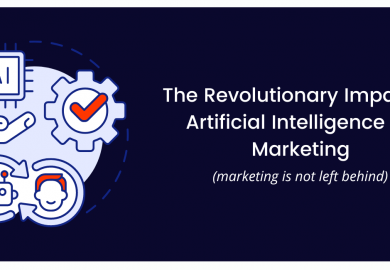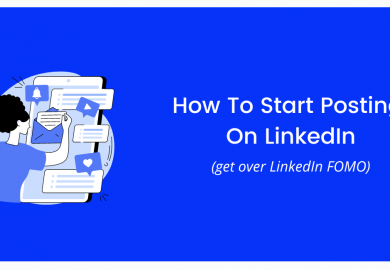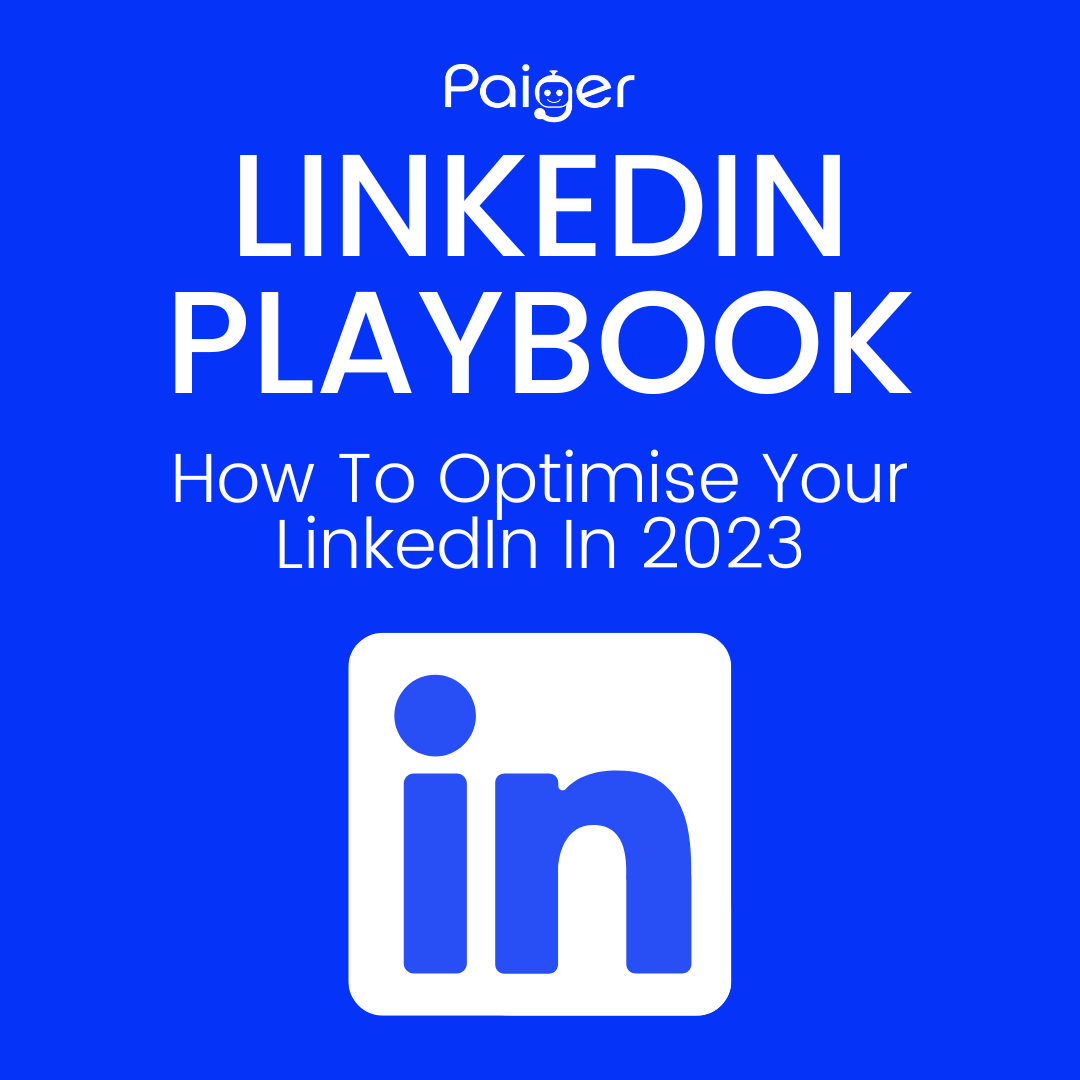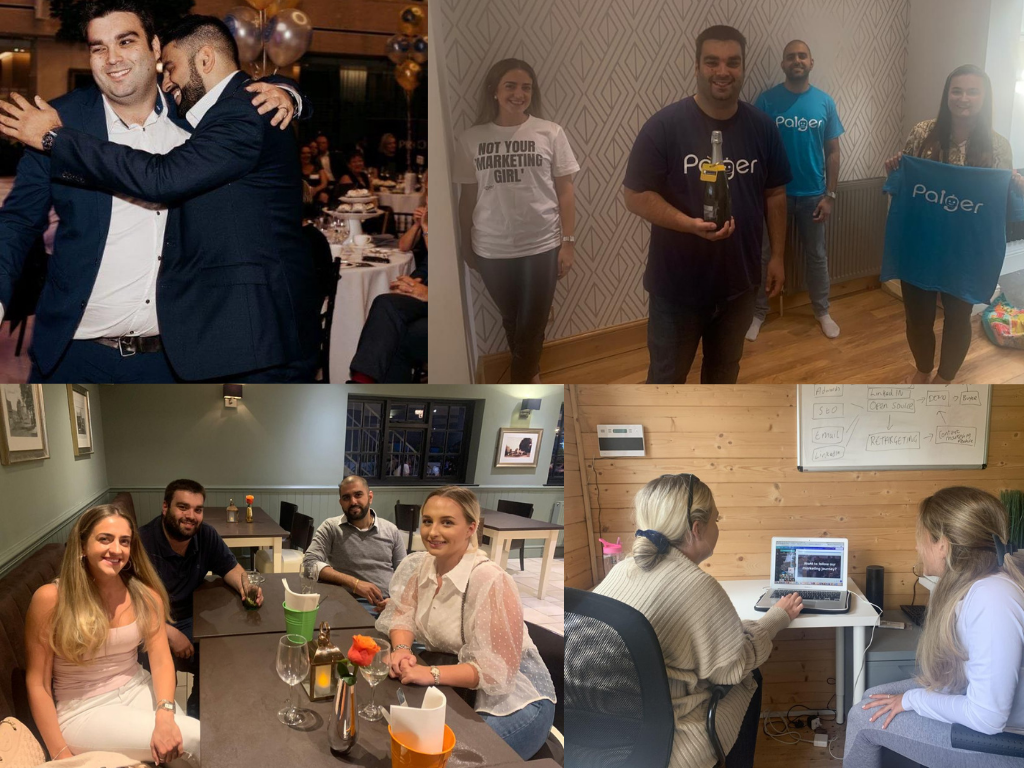3 Strategies to Use Social Media to Drive Engagement on Your Recruitment Website
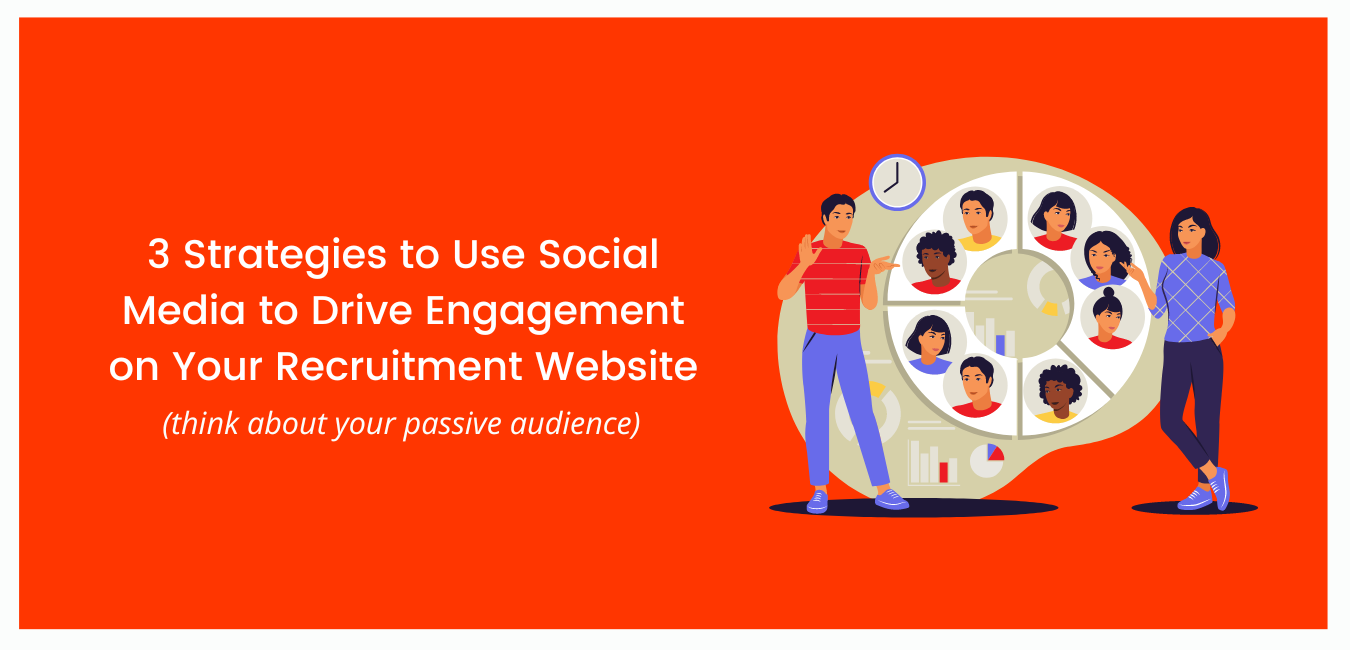
Years ago, recruitment agency owners and directors saw social media as ‘nice-to-have’ platforms – but now, these platforms are universally acknowledged as vital tools for driving engagement and revenue to a business.
Whilst these same senior members in organisations now understand the power of social media, one thing that marketers stress is the importance of driving these channels with a strategy.
Posting on social media platforms such as LinkedIn should be more than simply posting jobs from recruiters (although there is definitely a place for that!). Your social media presence should create awareness and interest in your brand amongst your target audience, and ultimately drive engagement to the fantastic content on your website – think blogs, whitepapers and the video that you worked hard to convince your recruitment consultants to take part in!
Why is this? Because, no matter how hard you try, you cannot force your ideal customers to invest in your services, or look for a new role, when you need them to. So, you should always strive to create that interest and desire in your brand amongst your audience, so that when they are ready to buy, you’re front of mind.
One way to do this is to think about your passive audience. Of course, you want to engage with people who regularly like, share and comment on your content (think one of your current clients or an employee), but the people you really want to get in front of are the ones that don’t know you.
What is a ‘Passive Audience’?
The people that regularly engage with your content are your ‘active’ audience. On the other hand, your passive audience consists of people that might follow you or see your posts online, but don’t actively engage with them. And this audience is where opportunity lies.
According to Kinsta, LinkedIn now has more than 875 million members with over 58 million registered companies. 40% of people access it on a daily basis, and users only spend about 17 minutes on LinkedIn per month.
So, that means there’s huge potential for your social media content to get in front of a large audience that is more ‘stealth’ on the platform. Whilst we think of them here as a passive ‘audience’, you should think of them as candidates or clients with the potential to either look to you for a new role, or to fill a vacancy in their organisation. Think about it – how much time do resourcers and consultants in your team spend sourcing CVs and candidates? We bet it’s quite a lot. So, think of all the valuable time your team could save if your social media strategy was set up to nurture passive candidates who will send you their CV directly when the time is right.
However, with such a tight timeframe in which to turn a passive audience into an active one, your brand needs a way to cut through the noise.
And this is where your social media strategy comes into play.
Building a Strategy That Drives Engagement
Ultimately, your social media strategy should work to nurture your audience and drive them to your website – the all important point of sale! As we mentioned, you can’t force when your target customer needs to buy, or find a new role, but you can educate them and build interest in your brand so that when they are ready to invest in services, you’re the one they think of and head straight to your website.
So, we’ve put together 3 ways you can start to use your social media to drive engagement to your website and attract passive candidates.
1. Create click-through worthy content
The first place to start is to look at the kind of content which sits on your website. Why? Because you need great content which you can post on social media that makes passive candidates want to click-through and find out more.
Do you have an updated recruitment blog? If the last blog you have on your site is from 2020 and is about working from home, news flash – your audience knows all about this already, and if you’re only sending out messages that passive candidates or potential clients are well-versed in, they’ll soon get bored and lose interest in your brand.
Instead, a great way to create interesting content is to provide answers to burning questions that your audience may have. Or, you may consider creating interviews with your consultants or even industry experts that give your audience knowledge that they didn’t have before. The key takeaway is to give them something of value. It creates positive brand sentiment, and nurtures your audience into trusting that you are the expert in your field.
When you’ve got fantastic content lined up, you should schedule it to your social media channels, and create copy for the post that entices your audience to find out more – hook people in with an interesting fact or statistic, or an intriguing headline, to get them invested. Then let them know they can read more on your website.
2. Don’t let people just take your word for it!
You know how good you are at what you do, and so do your current clients and candidates. The people you need to prove it to are the passive candidates that don’t really know you yet. And who are they most likely to listen to in order to learn about how good you are? Not you, that’s for sure.
Think about when you go to purchase a product online – the reviews section is one of the first places you’ll usually look. And that’s because you want real feedback from real people who have tried and tested the same product or service that you’re considering.
It’s a method that you can easily deploy on your social media channels to encourage people to visit your website and find out more. Take your reviews from platforms like Google or Trustpilot, or testimonials that your team may have collected, and promote them on your social media channels.
Passive candidates are more likely to send you their CV when they see that another person in a similar position has had a great experience with you – so, tap into your existing network to help introduce your services to a whole host of new people.
3. Get your team involved
As we’ve explored, people are more inclined to engage with people. So, get your teams involved in getting passive candidates and potential clients started on the journey to your website.
Your team’s individual personal brands have 10 times the reach of your company page. On average, a salesperson’s network is 2,500 connections, so you can multiply that by your number of employees for your brand’s potential reach. That’s a lot of people to get your brand in front of!
When people share content, others are more likely to follow that vital link to your website, as it’s being recommended by somebody in their network, rather than a company page without a face. And the advantage for your team is that they can spend their time nurturing candidates and engaging in passive sourcing rather than manually searching for CVs.
With Paiger, getting your employees involved in sharing your company content is simple: posts can be created by one person in your team (here’s looking at you, marketing department!), then sent directly to consultants’ inboxes or phones with a one-click option to share the post. You can also track likes, comments and clicks to gamify your social advocacy.
Of course, you still want your content to be posted on your company social media channels, and with Paiger you can do both. The platform comes with a scheduling feature across various platforms to syndicate your content far and wide.
At the same time, you don’t need to tear your consultants away from posting job ads. Paiger also has an auto job posting feature, to save your consultants even more time and keep their social posts consistent with your brand; once a job is uploaded to your website, Paiger automatically writes the status update, adds the right hashtags, puts together a branded image and includes a link back to your website with tracking codes.
Get in touch
At Paiger, we are passionate about helping to drive engagement on recruitment websites from social media. Our platform provides content curation, social media scheduling and auto job posting, making recruiters’ lives easier. Book a demo to find out more.
Recent Posts
Categories
Check this out
2023 updates and tips to get the maximum reach of your posts
Passive Aggressive Marketing T-Shirts, All For Charity
Learn how a startup is tackling marketing
Featured Posts
Resilience and risk-taking in recruitment: a conversation with Will Pearce
Paiger acquires The Lonely Marketers
The power of the personal brand in recruitment
Archives
- September 2023
- June 2023
- May 2023
- April 2023
- March 2023
- February 2023
- January 2023
- December 2022
- November 2022
- October 2022
- September 2022
- August 2022
- July 2022
- June 2022
- May 2022
- April 2022
- March 2022
- February 2022
- January 2022
- December 2021
- November 2021
- October 2021
- September 2021
- August 2021
- July 2021
- June 2021
- May 2021
- April 2021
- March 2021
- February 2021
- January 2021
- December 2020
- November 2020


